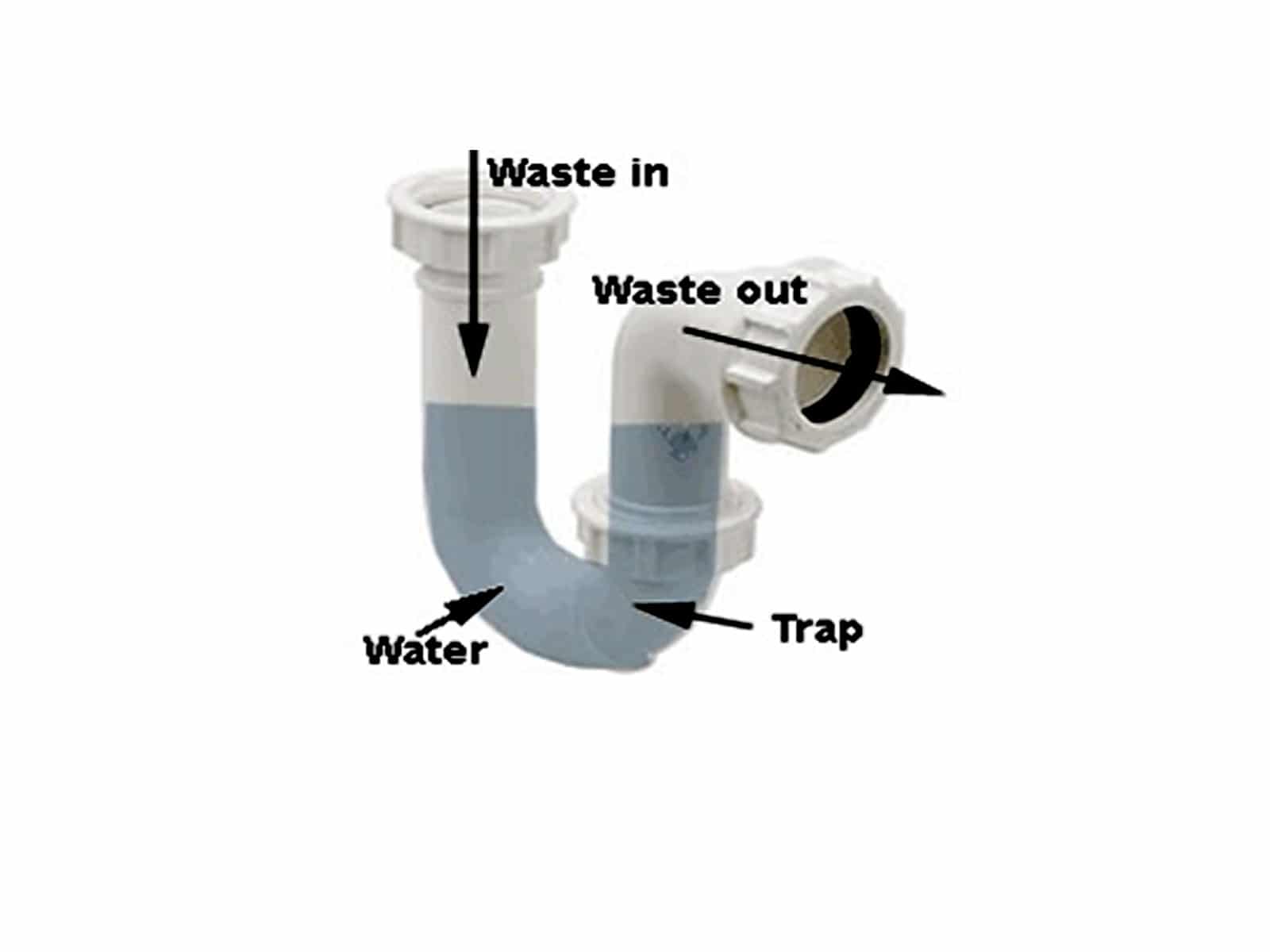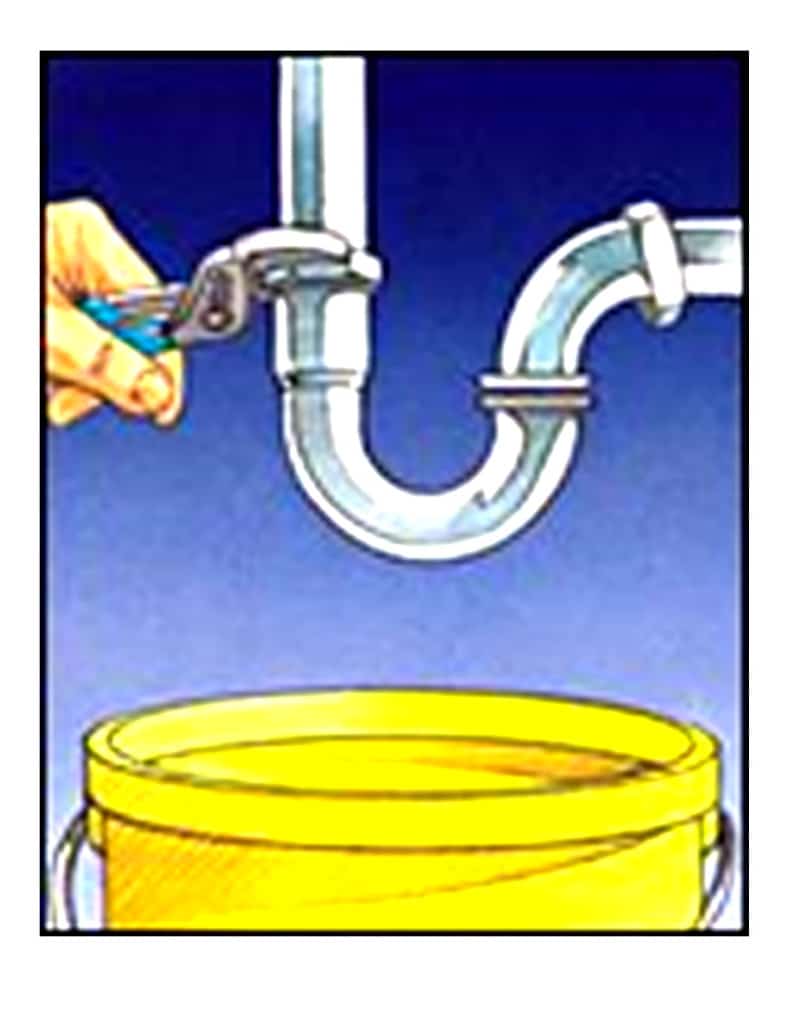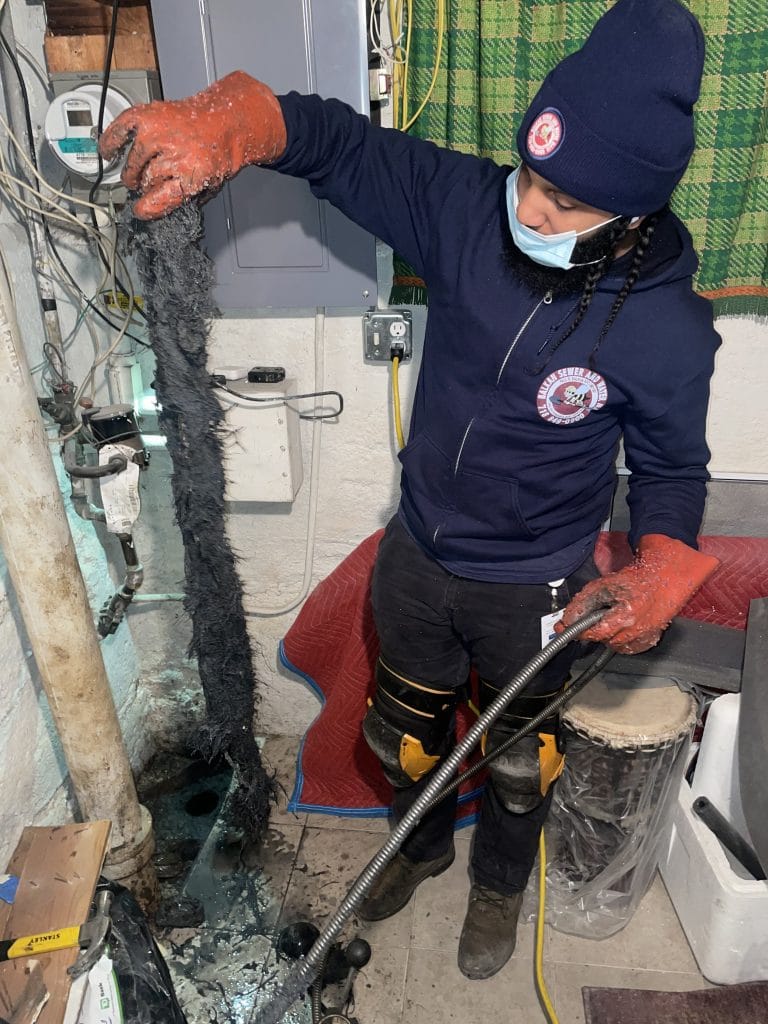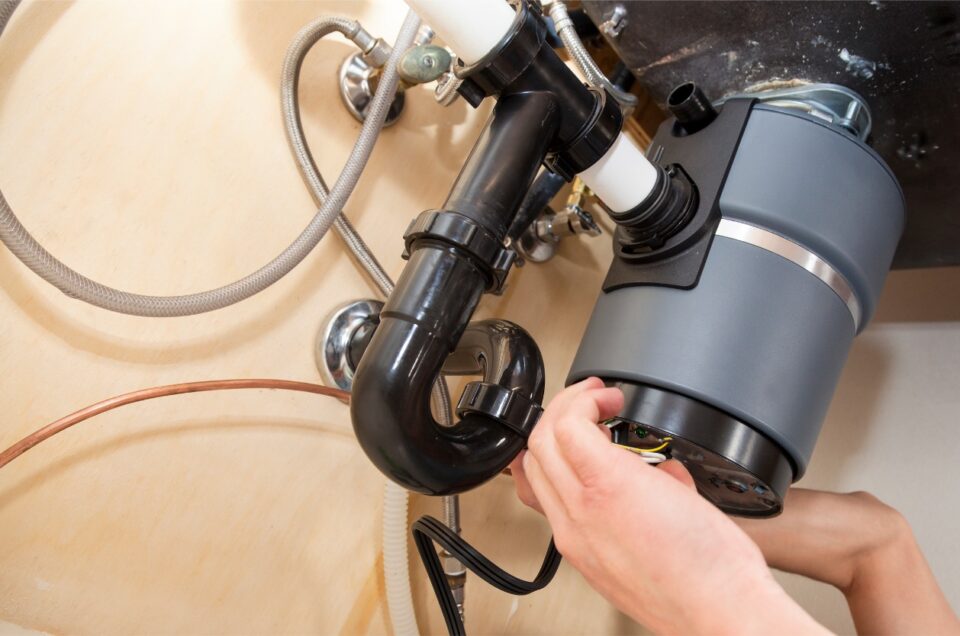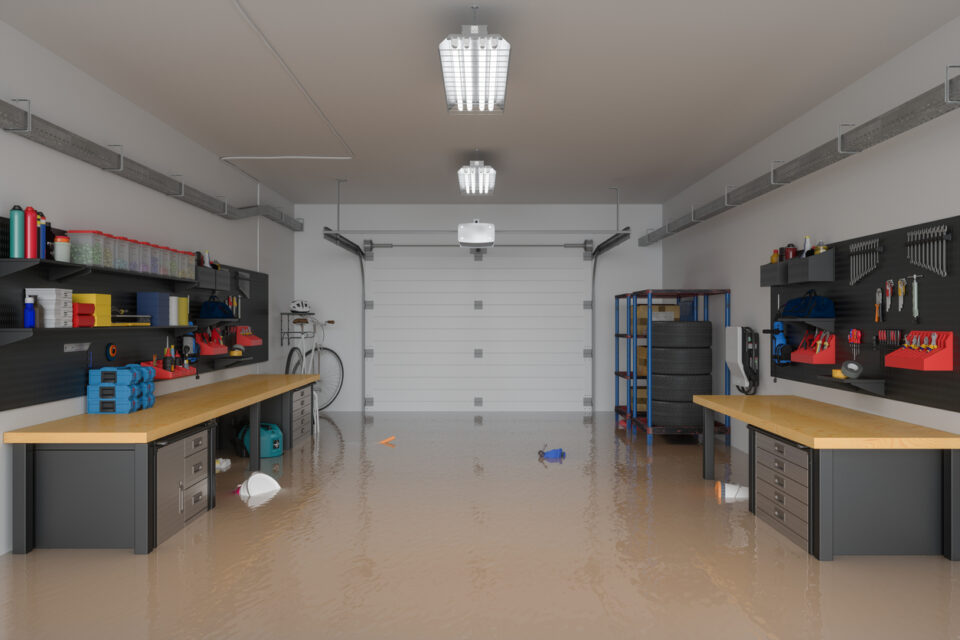Let’s start with a brief overview and explanation of a house sink trap, which also includes a trap in kitchen plumbing. A sink trap, commonly referred to as a p-trap or drain trap, may seem like a strange name for a plumbing fixture. But its name explains its primary function. In almost all cases, a drain or sink is associated with the free flow of wastewater inside the pipes to a larger drain line inside the house. Then eventually to the city sewer or septic tank.
A house sink trap, however, is designed to hold some water (referred to as a water seal) to prevent sewer gas smells from escaping and entering through the sink drain. Every local plumbing code varies, so be careful not to install outdated house traps or traps that are not approved. It makes sense since every drain pipe in your house connects to the main sewer which has its own main sewer trap. It can either lead wastewater out or bring gas in. The other primary purpose is to “trap” unwanted objects from entering your drain pipes.
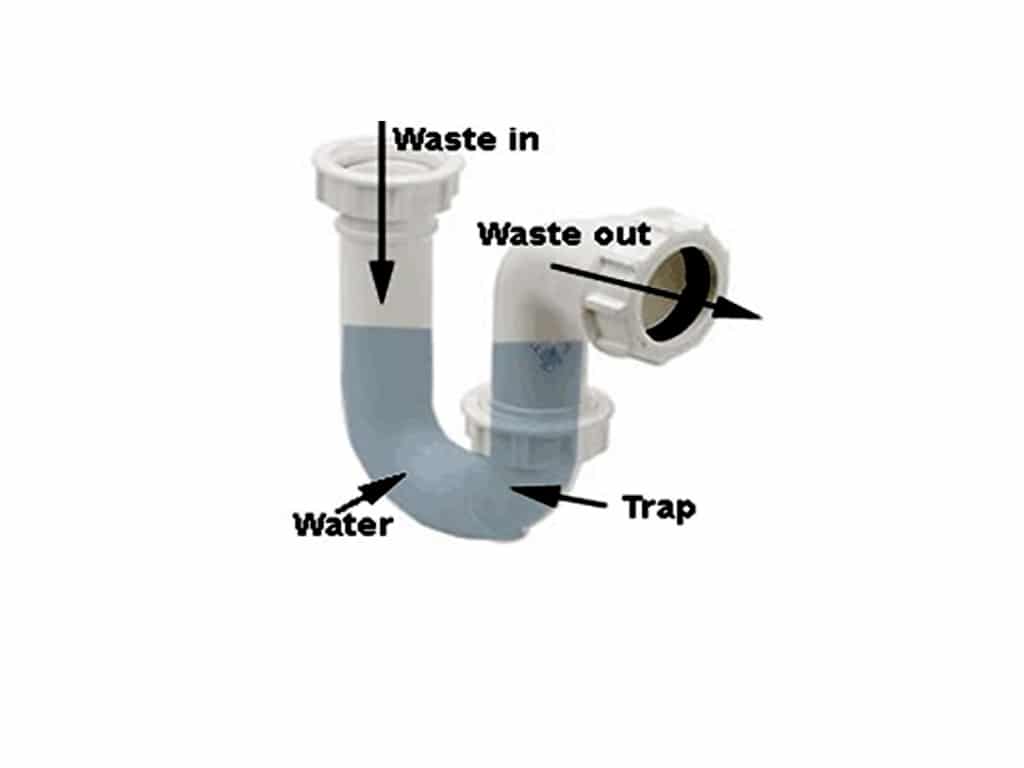
Sometimes the location of a house sink trap is in plain sight, such as directly under a bathroom or kitchen sink. Some sinks are built into a cabinet to save storage space and for aesthetic reasons. If you open the cabinet doors, you may see the curved pipe of the trap hanging out in the middle of the cabinet. All individual plumbing fixtures are required to be trapped for the above-stated reasons.
A House Sink Trap And The Problem With Sewer Gas
When water is not flowing on a regular basis inside the drain pipe, a house sink trap can dry out. When it does not contain water, there is nothing to prevent sewage gas from entering your house, and this is where the sink trap comes in. Sewer gas has a strong bad smell and it may also contain dangerous substances that can be detrimental to one’s health. The main reason is that the gas is a byproduct of wastewater, resulting from the decomposition of waste.
Gases rise which is why a water seal is so important
Gas naturally wants to rise and escape from its container; as in this case your drain lines. Without a sink trap, your house will be the first place for the gas to visit. Every sink, shower, drain, toilet, and drain in your house needs a p-trap. When one dries out from a lack of use, simply run some water into it. That simple step will re-create the water seal, and stop the escape of sewer gas.
Sink Trap Stoppages
As the name suggests, a house sink trap does trap water. As wastewater flows down the drain, it goes through a U-shaped pipe where water has to travel downward and upward respectively before it goes to the main drain pipe. With every flush of new water, the existing water in the trap will be displaced. When you stop using water, the water level balances out in the vertical pipes, as shown in the image just below.
The trapped water blocks sewage gas from the main sewer. There is nothing sophisticated about the mechanism. Water and gravity play the main roles in fulfilling a house sink trap’s function. A sink trap can be dry at drains that are very rarely used. In case you smell odor from it, simply flush it with fresh water to fill up the trap, as already stated above.
In ideal conditions, water flows freely through a sink trap. However, its ability to trap water also means that it holds many items the wastewater contains. This may include debris, soap scum, hair, grease, food particles, and every physical object you flush down the drain. All those things can accumulate in the trap and eventually become a solid obstruction. A house sink trap is one of the first things to check for clogging anytime you have a slow drainage problem. Fortunately, a sink trap is also one of the easiest parts of the entire plumbing system to fix.
Most sink trap clogs or stoppages can be cleared using a hand plunger. Sometimes a chemical drain cleaner, or calling a professional drain cleaner is the next step a homeowner takes. But frequently the least expensive and best step is to physically remove and clean the sink trap by hand. See below for an easy-to-follow 6-step trap removal and cleaning process.
In most cases, a good old plunger will clear the stoppage. Sometimes clearing a clog in a sink trap often involves removal, but sink traps are designed to be easy to work with. If your sink trap is made of plastic, you probably can unscrew it by hand. With a metal one, you will need a couple of plumbing wrenches.
Because of its tricky location (too close to the wall, in the cabinet, etc), you may not have enough room to maneuver the wrench. In this situation, adjustable pliers will do. Before you begin, make room for you to work comfortably by removing every item around the trap, this also prevents possible damage to those items from wastewater spillage.
6 Step-by-step instructions to remove and clean a sink trap
1. Close your sink stop valve and make sure no one is using the drain while you are working.
2. Put a plastic bucket under the trap to collect any waste water spillage. Put on rubber gloves, as some pretty gunky stuff can accumulate inside an old drain line.
3. Use a wrench (or pliers) to remove coupling nuts. Once removed, you should be able to remove only the U-shaped pipe, leaving the tailpiece and waste arm intact. Due to wear and tear, the nuts may not budge or may even fall apart as you try to remove them. In such case it is time to purchase a new sink trap, this is a very inexpensive item.
4. Use a straightened wire coat hanger to clean the interior of the trap. You can also use a nylon bottle brush. Sometimes even a hard shot of water from a garden hose will do the trick. Put all the debris and dirt into the bucket, so you don’t have a messy floor when you’re done.
5. Now that you are working to clean the removed sink trap, it can also be a good idea to clean the tailpiece and waste arm as well. Use the wire or brush to reach the interior of the pipes. It is advisable to remove sediment and debris, not to force it further down your drain system. This can prevent a main drain or stack line stoppage.
The key to proper trap assembly is that both parts are seated together properly, not how much you tighten them.
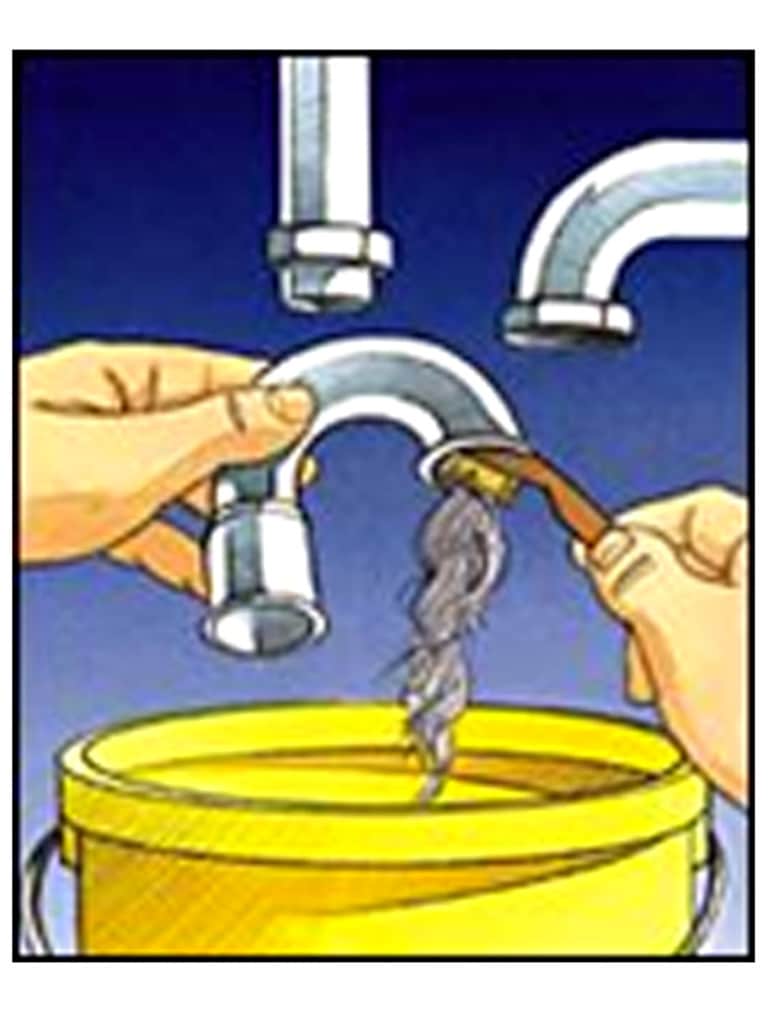
6. Reassemble the sink trap, and then reopen your shutoff valve. When reassembling, pay attention to the washers and make sure they are properly seated. Most people assume that it is best to make the connections as tight as possible, but twisting can be a real problem. Do not over-tighten; at first, the coupling nuts should be no more than hand-tight. Once hand tightened check for leaking. If it does leak, tighten a little more at a time until you see no more leaking. Good washers are soft and supple; if they are dry or twisted, replace them.
To prevent sink trap clogging or odor, use every drain in your house at least once every couple of weeks. It includes showers, tubs, toilets, bathroom sinks, washing machine drains, kitchen sinks, and even seldom used floor drains. To minimize chances of clogging, use boiling hot water to flush the sinks. Do not throw any physical objects including leftover food, or supposedly degradable paper and wipes into the sink.

